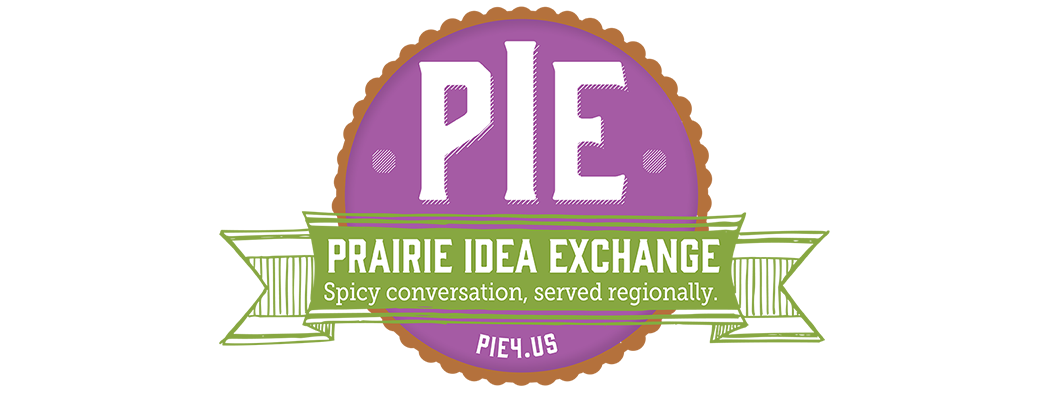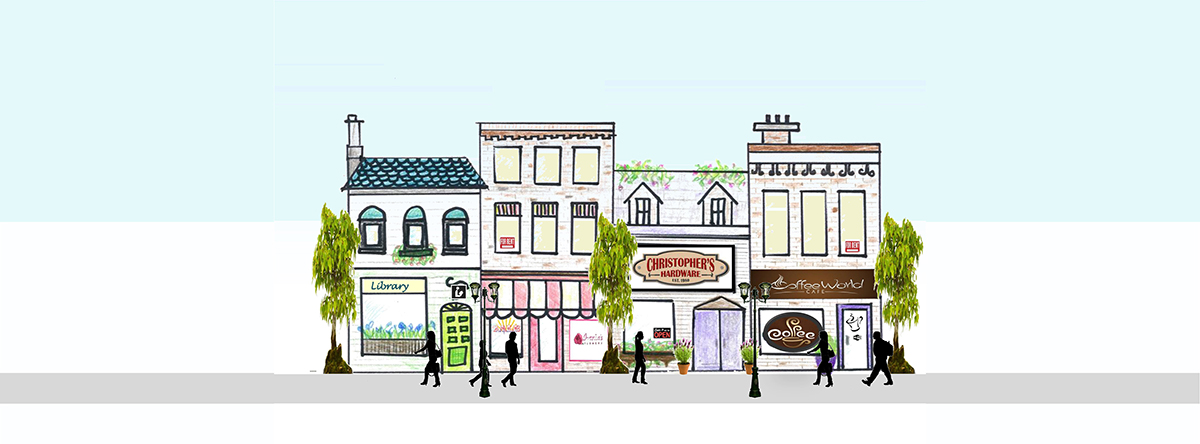We all know the few blocks that make up our rural Main Streets like the back of our hands, but we may not often stop to think about the purposes they serve in our communities.
Main Streets of our past bring a flood of nostalgic memories. These places were designed to be centers of activity—where we gathered to conduct business, but also to see neighbors and to experience art and culture.
“Our Main Streets tell us who we are and who we were, and how the past has shaped us,” according to an article by the National Main Street Center. “We do not go to bland suburbs or enclosed shopping malls to learn about our past, explore our culture, or discover our identity.”
Main Streets also tell us who we are today. It is still a place where the community can come together.
Our Main Streets are real places doing real work. Some are thriving, and some are struggling. But in almost all of them, there is untapped potential.
Just like all things in our small communities, we cannot wait for Superman to fly in and save the day. The only way to revitalize our communities and preserve the character that has been passed down for generations is to come together and make it happen.
Main Streets will always be changing; they will forever be a work in progress if they are to be successful. But Main Streets will also forever be the center of our communities if we come together and do the hard work to preserve and revitalize them.
During a conversation about revitalizing our rural Main Streets at the March Prairie Idea Exchange gathering, a group of regional economic developers came up with a list of reasons Why Main Street Matters. In no particular order, here are their top five:
Main Street is the front porch of the community.
Main Street can serve as a positive and welcoming gathering place that renews community pride and reinforces a community’s connections and relationships.
How to build it:
Plan special events, live entertainment and community gatherings to drive traffic to Main Street.
Make customer service a priority. Consistent hospitality from store to store makes customers want to return and bring friends.
Have a consistent brand and promote it. Communities must stress what makes their Main Street different from other places of business and Main Streets in other communities.
Create or enhance “third spaces.” These are the comfortable gathering places outside of home and work, such as coffee shops and libraries.
Main Street is the community’s identity and history.
Main Street was often the most carefully designed part of a town, and many structures were built to last. Communities can take advantage of those existing assets and build on them.
How to build it:
Enhance the visuals: architecture, storefronts, signs, public spaces, parking areas, street furniture, public art, merchandising and window displays.
Establish partnerships among business owners so they can work collaboratively on special promotions, maintaining similar store hours, beautification, signage and more.
Main Street is a source of revenue.
A multipurpose business district that responds to the needs of today’s residents and visitors can create financial stability for business owners and the community.
How to build it:
Develop empty spaces. Many communities are welcoming entrepreneurs of all types to see vacant buildings as a strategic opportunity that will revitalize Main Street.
Develop housing. Using existing spaces on our Main Streets for residential living can help solve rural housing issues as well as bring vitality to downtown.
Buy local. These efforts can go beyond retail—they should include a broader view of local business such as ag-based businesses, repair shops, restaurants, insurance agents, health care, and other services that provide local jobs and self-employment opportunities.
Main Street is often the first impression of a community.
Visitors will see how the community views itself as they pass through Main Street.
How to build it:
Rehabilitate. Begin the conversation of property responsibilities by partnering with local building owners to support the improvement of buildings. Leaving a downtown building sitting empty and deteriorating is pilfering money from the building and business owners next door.
Beautify. Create visual appeal with flowers, shrubs, signage, trees, outdoor furniture, or a fresh coat of paint. It all makes a big difference.
Main Street is a place of opportunity.
If the old way of doing business on Main Street has faded in your community, there is an opening to reinvent that space. A community mindset that is welcoming to new business and open to new opportunities will help the community thrive.
How to build it:
Find your niche. Communities can recruit to fill a niche attractive to a target market, or create a wide variety of businesses to serve the general public. These areas may have appealing opportunities:
- Entrepreneurship
- Arts & entertainment
- Workforce education
- Small industry
- Pop-up shops featuring handmade items
- Tourism
 Dakotafire Get your spark here.
Dakotafire Get your spark here.




